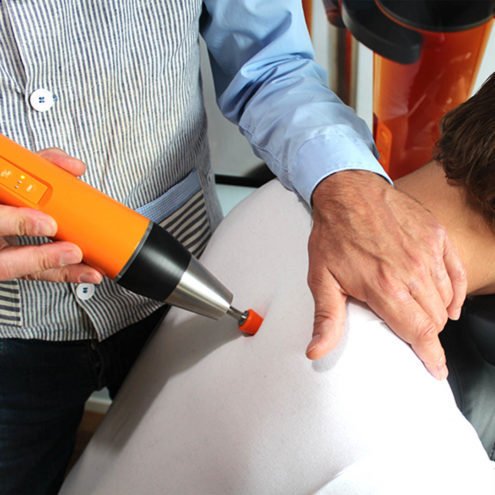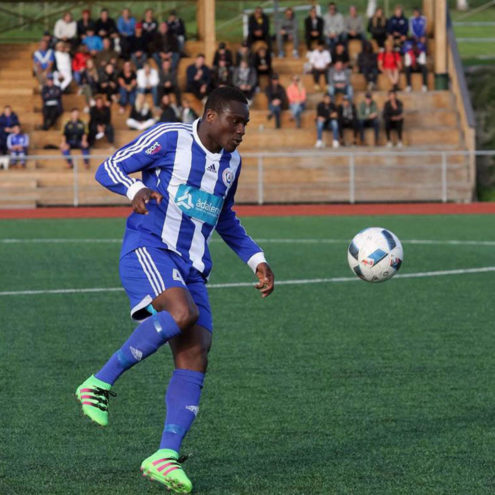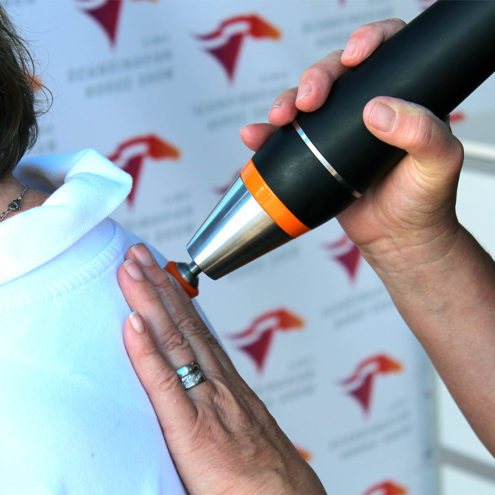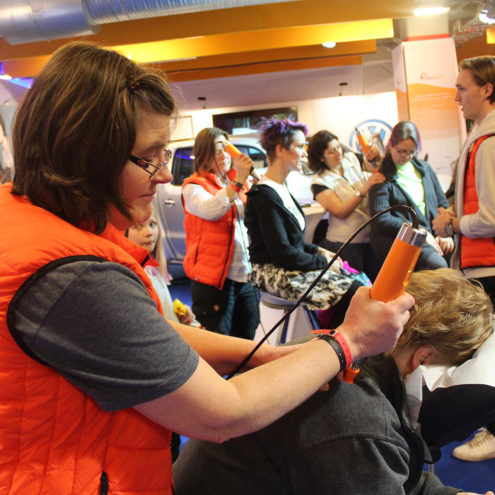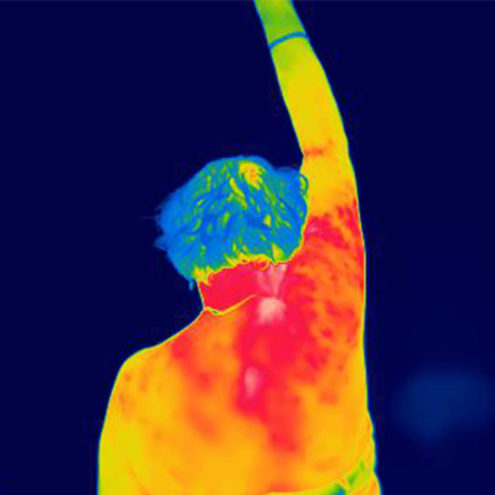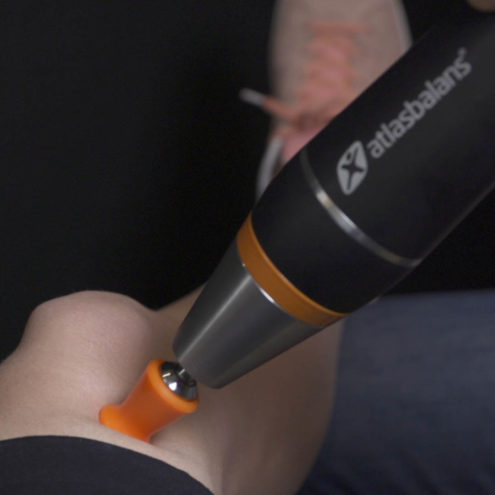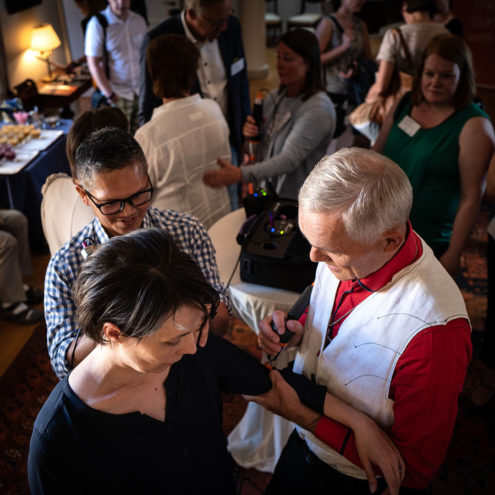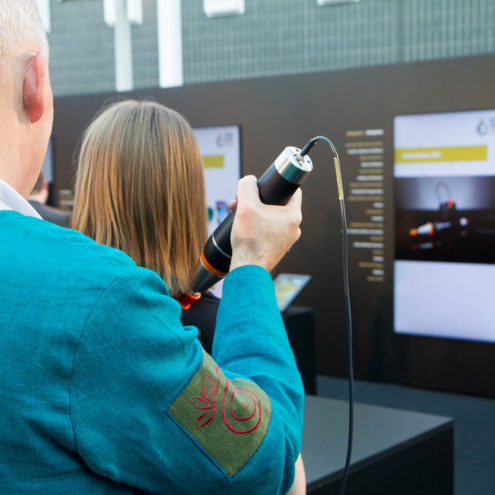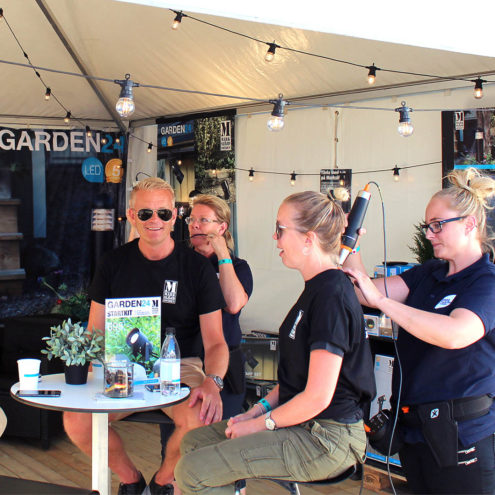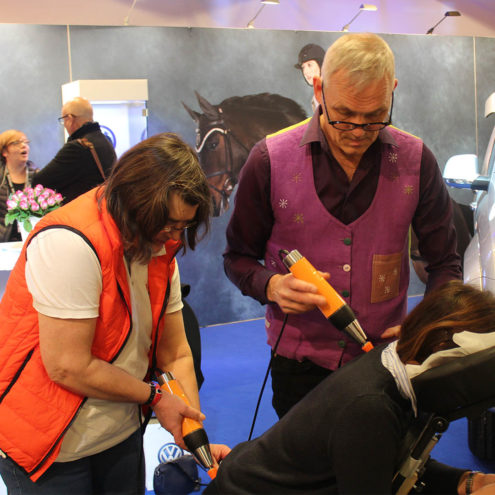Self-care for heel spurs: effective tips and advice
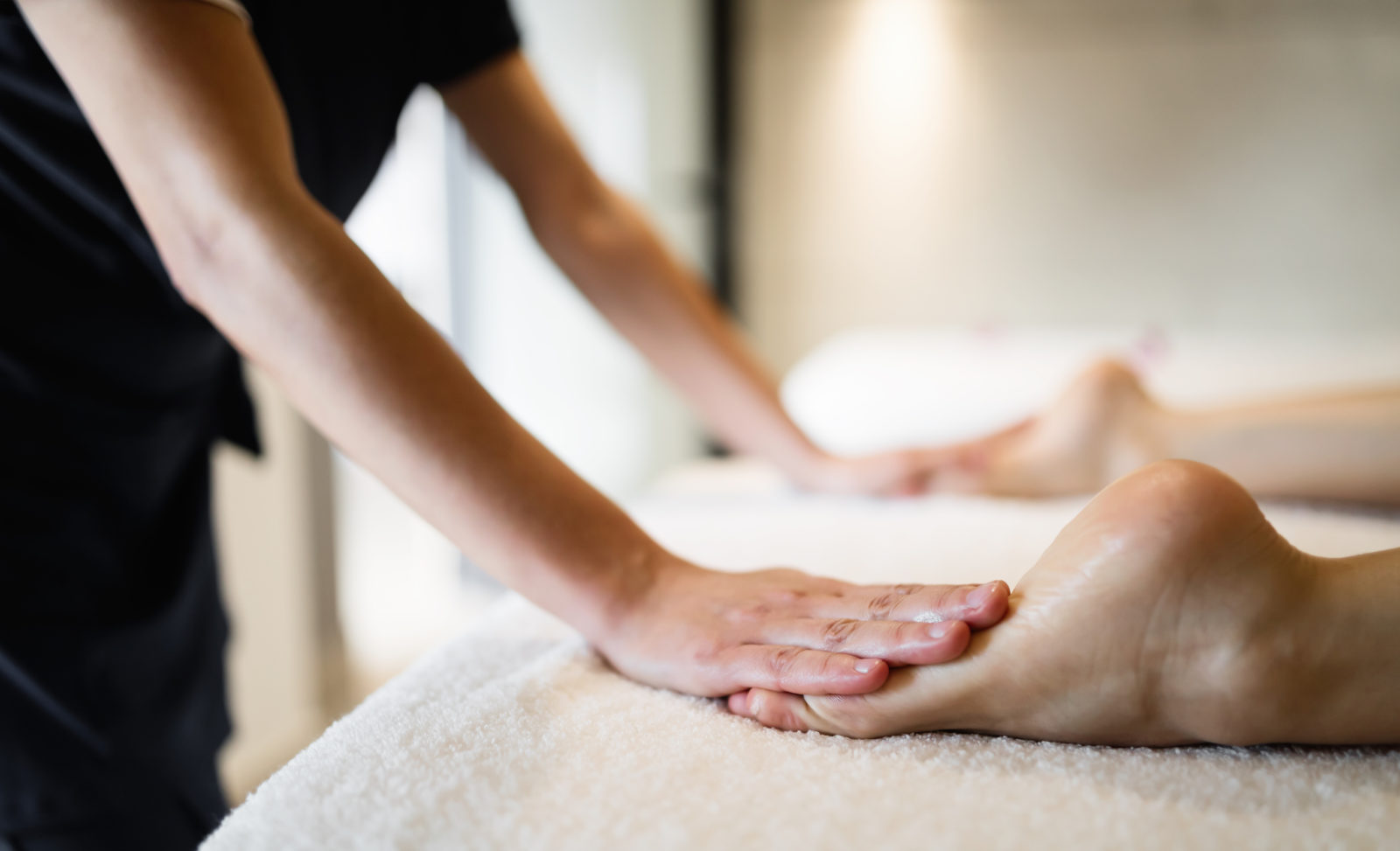
Heel spurs are painful conditions that affect the heel and can cause discomfort with every step you take. Self-care is often the first and most important measure to relieve the pain and speed up recovery. In this comprehensive guide, we will explore in detail how you can take care of your heel spur through effective self-care.
Introduction to heel spurs and the importance of self-care
To understand how to best care for heel spurs , it is important to know what the condition is. Heel spurs are an inflammation of the tissue that runs along the bottom of the foot, known as the plantar fascia. This tissue acts as a shock absorber for the foot and can become inflamed and irritated, resulting in pain in the heel.
Self-care plays a key role in managing and relieving the pain associated with heel spurs. By understanding and following the right steps, you can speed up your recovery and prevent the pain from becoming long-lasting.
Early action at the first sign of heel spurs
Identify the symptoms
The first step in self-care is to be able to identify the symptoms of heel spurs. The most common symptoms include sharp pains in the heel, especially when taking the first steps in the morning or after long periods of rest. The pain can be most intense in the heel but can also radiate along the sole of the foot. If you experience any of these symptoms, it is time to start self-care.
Also read: False heel spur
Initial relief
When the pain first appears, it is important to give the foot a rest and reduce the strain. Avoid activities that put strain on the heel, such as long walks or running. Instead, it’s a good idea to reduce physical activity and allow the foot to heal. Shorten your stride length to reduce pressure on the heel when stepping down, and if you have to move, try to support it by taping the heel spur.
Cooling of the area
Applying cold to the sore area can be an effective way to reduce inflammation and relieve pain. Feel free to use an ice pack or ice bag and apply it to the heel for 15-20 minutes several times a day. Remember to always use a thin cloth or towel between the ice and the skin to avoid injury.
Daily Relief Routines
Stretching and foot exercises
Daily stretching and foot exercises are important to relieve pain and improve flexibility in the foot. Here are some exercises for heel spurs that you can include in your daily routine:
Heel roll
- Description: Sit on a chair with your feet flat on the floor. Place a tennis ball under the sore heel. Roll the ball back and forth under your foot.
- Purpose: This exercise helps to massage the plantar fascia and release tension.
Stretch the Achilles tendon
- Description: Stand against a wall with one foot behind the other. Gently lean forward with a straight back, bending the front knee and keeping the back foot straight. Hold the stretch for 15-30 seconds per foot, repeat 2-3 times.
- Purpose: This exercise stretches the calf muscles and Achilles tendon and can relieve tension in the heel.
Towel exercise
- Description: Sit on a chair with your feet flat on the floor. Place a towel on the floor in front of you. Try to grab the towel with your toes and then release it again. Repeat the grab-and-release movement for 2-3 minutes per foot.
- Purpose: This exercise strengthens the muscles of the foot and improves the ability to grip with the toes.
Choice of footwear
Your shoes play a crucial role when it comes to heel spurs. Choosing the right footwear can reduce the strain on your heel, thereby relieving pain. Here is some advice when choosing shoes:
Shock absorption: Choose shoes with good shock absorption in the heel and forefoot to reduce pressure on the plantar fascia.
Arch support: Shoes with built-in arch support can help reduce excessive stress on the arch of the foot.
Stability: Choose shoes with good stability to avoid overpronation (turning inwards) of the foot, which can increase the risk of heel spurs.
Footbeds and insoles
Orthopaedic footbeds and inserts can be a valuable part of your self-care. They can provide extra support and reduce stress on the foot. These can be purchased over-the-counter at pharmacies or customized by a specialist based on your foot anatomy and needs.
Additional methods of pain relief
Heat treatment
Heat can also be used as a pain relief method. Apply heat to the sore heel for 15-20 minutes at a time. Heat can increase blood flow to the area and reduce muscle tension.
Massage Techniques
Self-massage can be soothing for heel spurs. Use your fingers or a massage ball to massage the sore area with circular movements. The massage can help relieve tension and increase blood circulation in the area, promoting healing.
Taping
Taping the foot with kinesiology tape can provide support and reduce pain during activity. The tape can be applied in a way that reduces stress on the plantar fascia and provides extra support when in motion.
When should you seek professional help?
It is important to be alert to signs that your heel spur is not improving with self-care. If the pain persists or worsens despite your efforts or if you experience severe symptoms such as swelling, you should consult a specialist. Early help can prevent long-term problems and complications.
FasciaClinics – For those who are looking for effective treatment!
The FasciaClinics are used to treating heel spurs and other foot-related conditions. We can offer professional advice and tailored treatment plans to suit your individual needs. Our fascia approach focuses on treating the underlying tissue and promoting healing. Contact us for more information and to book your consultation. We are here to help you on your path to pain relief and recovery.
 Search
Search

